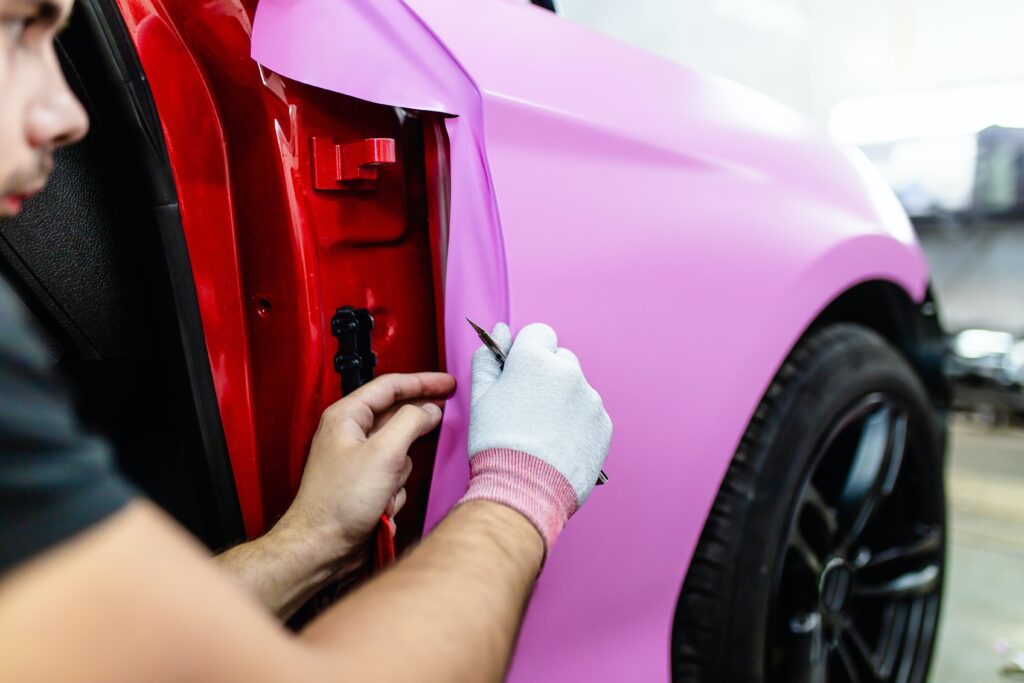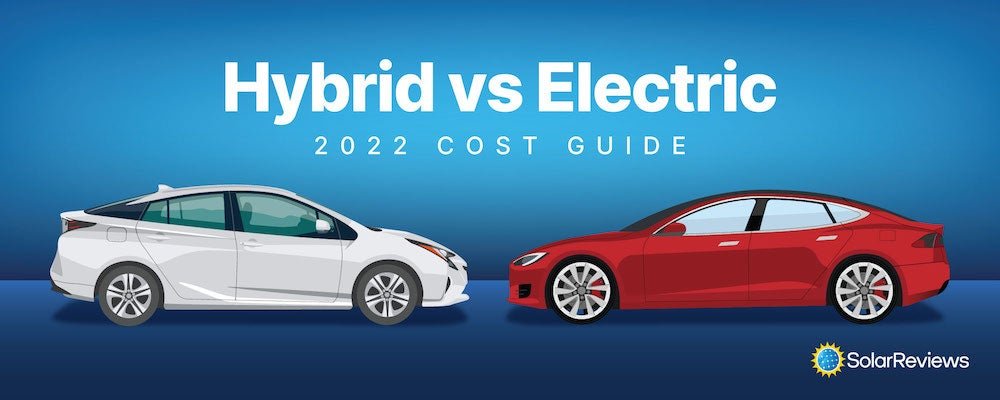Infant Car Seat Vs Convertible Car Seat: Which is Best for Your Baby?
Infant car seats are stroller-compatible and have a short lifespan, while convertible car seats are not stroller compatible and have a longer lifespan, making them a cost-effective option for safe travel with your child. Understanding The Difference Between Infant Car Seat And Convertible Car Seat Understanding the difference between an infant car seat and a convertible car seat is crucial. While infant car seats are stroller compatible and have a shorter lifespan, convertible car seats are not stroller compatible but have a longer lifespan and are cost-effective. Choose the right option for safe travel and saving money. Understanding the Difference between Infant Car Seat and Convertible Car Seat Definition And Purpose Of Infant Car Seats Infant car seats are specially designed to provide maximum safety and support for newborns and infants. These seats are rear-facing and are specifically made for babies up to a certain weight and height limit, usually around 30 pounds and 32 inches. The main purpose of an infant car seat is to protect the fragile and developing bodies of infants in the event of a car accident. Definition And Purpose Of Convertible Car Seats Convertible car seats, on the other hand, are designed to accommodate children of varying age groups and sizes. These seats can be adjusted to face both rearward and forward, allowing them to be used in a rear-facing position for infants and in a forward-facing position for older toddlers and young children. Convertible car seats tend to have higher weight and height limits, which means they can be used for a longer period of time as your child grows. Key Differences Between Infant Car Seats And Convertible Car Seats Here are the key differences between infant car seats and convertible car seats: Design: Infant car seats are specifically designed for infants and are smaller and lighter in weight compared to convertible car seats. Convertible car seats, on the other hand, are bulkier due to their extended functionality and capability to accommodate older children. Portability: Infant car seats are designed with portability in mind. They often come with a detachable base and are compatible with stroller systems, making it convenient to transport your baby in and out of the car without disturbing their sleep. Convertible car seats, however, are not stroller compatible and are meant to stay in the vehicle. Adjustability: Convertible car seats offer more versatility in terms of adjusting the seat as your child grows. They can be switched from a rear-facing position to a forward-facing position, providing longevity and longer use. Infant car seats are strictly rear-facing and cannot be adjusted. Cost: Infant car seats are usually less expensive compared to convertible car seats. They are a good option if you are looking for a more budget-friendly option specifically for the infant stage. Convertible car seats are more of an investment as they can be used for a longer period of time, accommodating your child as they grow. Installation: Infant car seats often have a base that can be installed in your vehicle, allowing for easier and quicker installation. Once the base is securely installed, you can easily attach and detach the infant car seat as needed. Convertible car seats require more installation steps and may be a bit more complicated to install properly. Safety: Both infant car seats and convertible car seats are designed with safety in mind. However, it is important to note that infant car seats are specifically engineered to provide optimal protection for newborns and infants, with features such as additional head and neck support. Advantages And Disadvantages Of Infant Car Seats Infant car seats have the advantage of being compatible with strollers, while convertible car seats have a longer lifespan and are more cost-effective. However, convertible car seats are not as portable and can be heavier and bulkier compared to rear-facing infant car seats. Advantages and Disadvantages of Infant Car Seats Benefits Of Using An Infant Car Seat Using an infant car seat has several benefits for parents and their newborns. Let’s take a look at some of the advantages: Portability: Infant car seats are designed to be easily detachable from the base, allowing parents to carry their sleeping baby without disturbing them. This feature comes in handy, especially when running errands or visiting family and friends. Convenience: Infant car seats are compatible with strollers, making it effortless to move your baby from the car to the stroller without waking them up. This seamless transition is a huge advantage, especially when you have a busy lifestyle. Safety: Infant car seats are specifically designed to provide optimal safety and protection for newborns. They come with features like extra padding, side-impact protection, and a five-point harness system to ensure your baby’s safety during travel. Comfort: Infant car seats are built with comfort in mind. They often include additional padding and adjustable headrests to support your baby’s delicate head and neck. This level of comfort is crucial, especially during long journeys. Proper Fit: Infant car seats are designed to accommodate your baby’s size and weight, providing a snug and secure fit. This customized fit ensures that your baby is positioned correctly and reduces the risk of injuries in the event of an accident. Limitations Of Infant Car Seats While infant car seats offer many advantages, they also have a few limitations that you should be aware of: Limited Lifespan: One of the main limitations of infant car seats is their short lifespan. Most infant car seats are suitable for babies up to 35 pounds or until they reach a certain height. Once your baby exceeds these limits, you’ll need to transition to a convertible car seat. Cost: Purchasing an infant car seat can be an additional expense for parents. However, considering the safety and convenience they provide, the investment is justified. It’s important to weigh the financial aspect against the benefits before making a decision. Convenience: While infant car seats offer portability and compatibility with strollers, they can become cumbersome as your baby grows. Carrying a heavy infant
Infant Car Seat Vs Convertible Car Seat: Which is Best for Your Baby? Read More »



